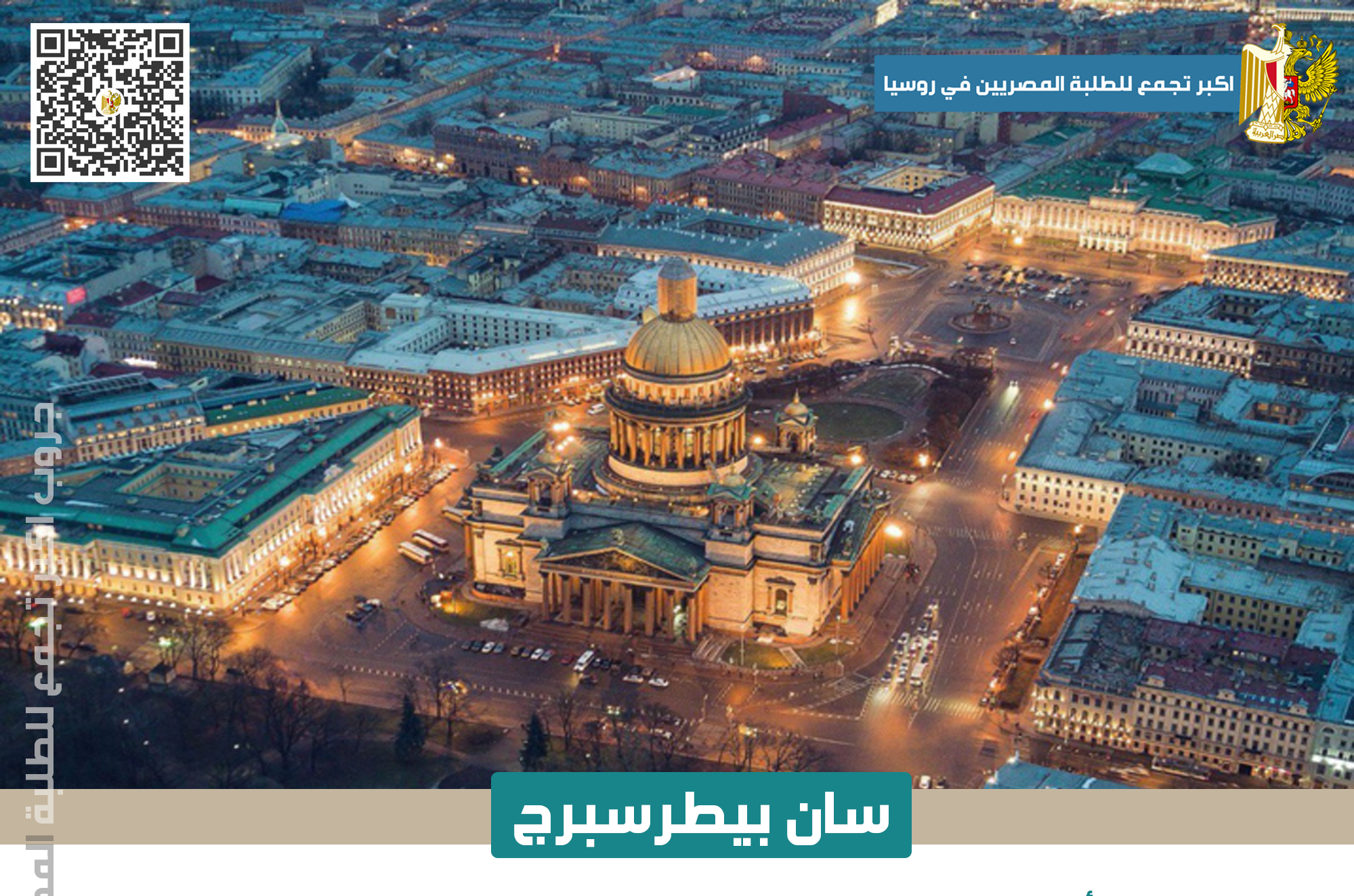Saint Petersburg city

Saint Petersburg
Saint Petersburg is the second-largest city in Russia by population.
Located on the shores of the Gulf of Finland, the city was founded by Peter the Great in 1703. For two centuries, Saint Petersburg was the capital of the Russian Empire. To this day, it is called Russia’s second (or northern) capital, as well as the "Venice of the North" due to its numerous canals and bridges, as well as its unique architecture.
The city shares a similarity with Venice in terms of bridges and canals: for example, Saint Petersburg has over 300 bridges. Some of these are drawbridges, attracting many tourists who come to witness the navigation period. In total, there are 21 drawbridges, 24 pedestrian bridges, and 297 transport bridges in the city. However, it is important to plan your route in advance during the navigation period to ensure you can cross the city before the bridges are raised.
The city is also known as Russia’s cultural capital, and for good reason. It is home to many world-famous museums, theaters, cathedrals, and fortresses. In total, there are 8,464 cultural heritage sites in the city, including more than 200 museums. Additionally, the entire historical center of Saint Petersburg is under UNESCO protection. Great Russian writers such as Pushkin, Dostoevsky, and Brodsky lived here, along with the intellectual elite of the Russian Empire. Their legacy can still be felt while walking through the city.
#Largest_Gathering_of_Egyptian_Students_in_Russia
Saint Petersburg is just six hours away from European capitals such as Helsinki, Tallinn, Riga, and Vilnius. Residents of Saint Petersburg have the unique opportunity to travel to Europe on weekends using various modes of transport. Moreover, the city itself resembles Europe in many ways—you can find glimpses of Prague, Paris, Budapest, or Milan on its streets.
The palace and park ensembles in the suburbs of Saint Petersburg are also UNESCO World Heritage Sites, providing residents with plenty of places to explore: Pushkin, Vyborg, Pavlovsk, Kronstadt, Gatchina, Oranienbaum, Peterhof, and Strelna—all within an hour’s drive from the city and definitely worth visiting.
#Largest_Gathering_of_Egyptian_Students_in_Russia
Saint Petersburg is also known as Russia’s bar capital. The city boasts many cozy and affordable bars, where locals gather every weekend. Rubinstein Street is the city’s main bar street, where people stroll all night, hopping from one bar to another and trying different drinks. Unlike Moscow, Saint Petersburg’s bars have a special atmosphere, each with its own unique vibe, and prices are much more affordable.
Saint Petersburg is also the birthplace of Russian rock music. The legendary Leningrad Rock Club first emerged here in the 1990s, giving rise to bands such as "Piknik," "Aquarium," "Kino," "Alisa," and many others.
#Largest_Gathering_of_Egyptian_Students_in_Russia
It is the only city in Russia where the nights never turn completely dark from late May to July. This unique natural phenomenon is known as the "White Nights." During this time, the city hosts its most vibrant summer events, including the famous "Scarlet Sails" graduation celebration, which attracts thousands of visitors and students from different cities and countries.
Saint Petersburg residents are just as passionate about sports as Muscovites. The city has numerous sports facilities, stadiums, sports palaces, swimming pools, and bicycle paths. It is also home to one of the world's oldest universities specializing in physical education—Lesgaft National State University, founded in 1896. Additionally, the famous football club Zenit is based here. In 2018, Saint Petersburg hosted many FIFA World Cup matches.
While Moscow is famous for its beautiful metro stations, Saint Petersburg is known for having the deepest metro system in the world. Since its tunnels run beneath the Neva River, most stations are located 50-80 meters underground, with the deepest reaching 86 meters. The longest escalator in the city stretches up to 150 meters.
#Largest_Gathering_of_Egyptian_Students_in_Russia
The climate in Saint Petersburg is not for everyone. From late October to late March, the city experiences its coldest, wettest, and darkest days of the year. Daylight hours are minimal, the weather is often stormy, and rain is frequent.
Saint Petersburg is the educational hub of Russia, home to the country’s first university—Saint Petersburg State University. The city has 88 universities, making it one of the largest scientific and educational centers in Russia. According to statistics, Saint Petersburg houses more than 350 scientific organizations, including 70 institutions under the Russian Academy of Sciences.
#Largest_Gathering_of_Egyptian_Students_in_Russia
Tourism is one of the city's main sources of income, attracting around eight million visitors annually. As a result, the city has a well-developed hospitality, restaurant, and service industry. In 2016, Saint Petersburg won the prestigious World Travel Awards title of "World's Leading Cultural City Destination."